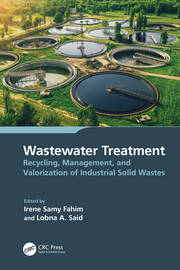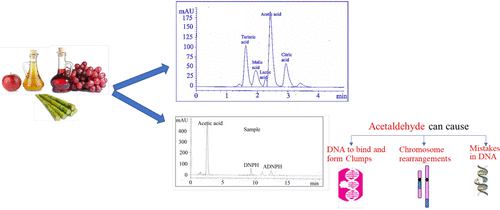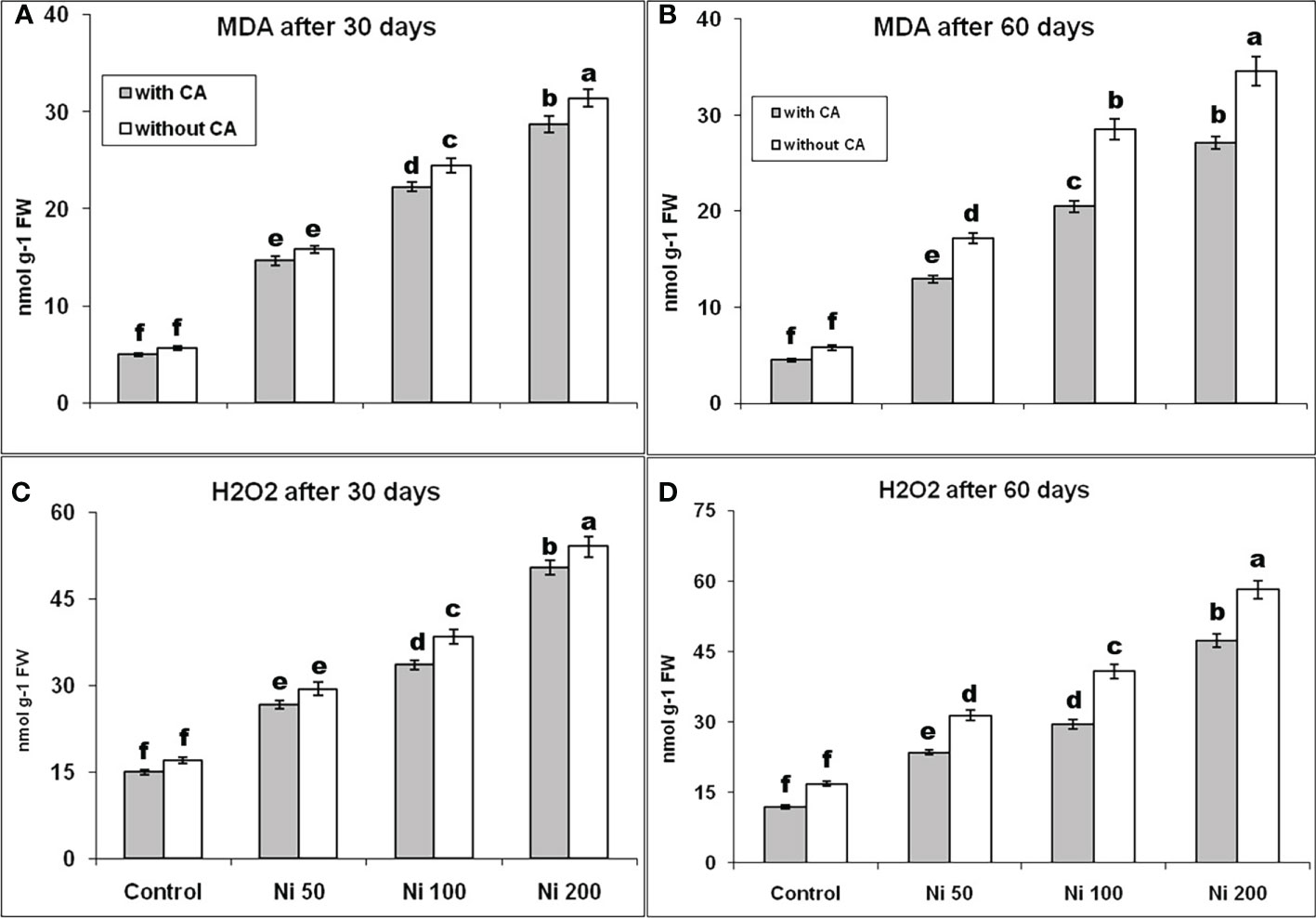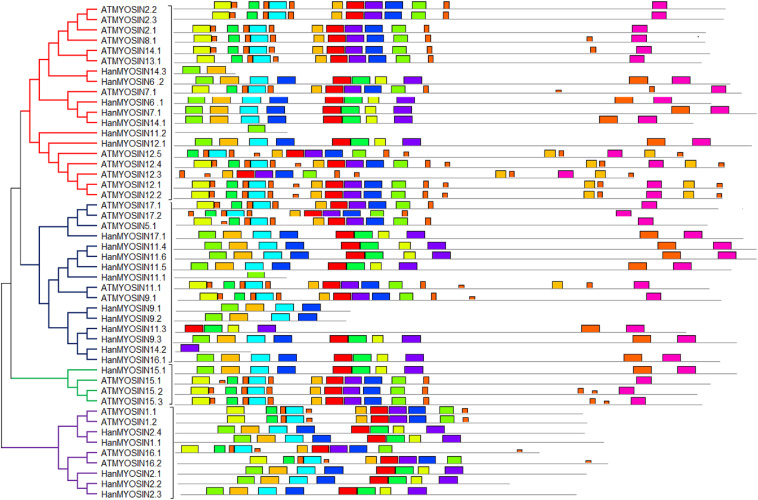
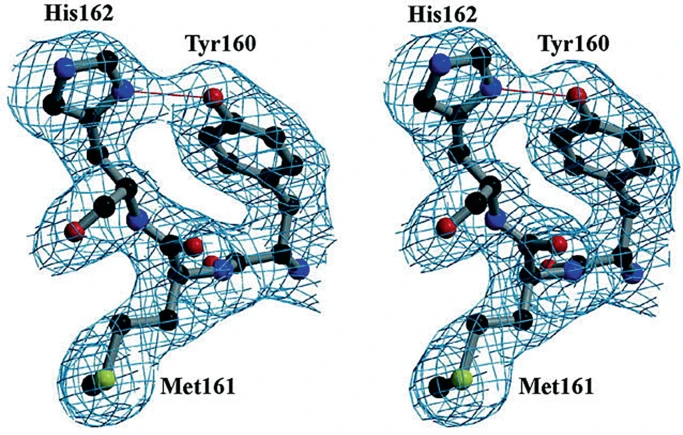
Modelling and Analysis the Population Density Effect on the Infectiousness Rate of COVID-19 Novel Virus and the Mortality Rate Percentage Regarding Oxford’s Stringency Index Model of Governmental Response in MATLAB
Numerical data on fifty pioneer adopting countries of Covid-19 novel pandemic has been put into study each on their first month of the virus’s spread. Ten groups were created with each including the countries of around the same average population density. This was meant to study the difference between each group’s growth of infected cases in addition to their mortality percentage rates (MPR). Modeling was done for each group with the use of MATLAB; for the growth rate, the exponential growth equation was considered, and for the mortality rate percentage, the equation was modeled over the span of the first chosen thirty days of the virus’s spread. An analysis was done with the consideration of Oxford’s Stringency Index Model (SIM) of government responses for each day in order to understand the effect of such taken regulations in the virus’s spread and fatality for different groups of population densities. Eventually, it was found that population density is not a significant factor in the virus’s infectiousness and mortality percentage rates; Instead, taking governmental responses of appropriate stringencies is found to be the key solution for control and protection. © 2021, The Author(s), under exclusive license to Springer Nature Switzerland AG.
